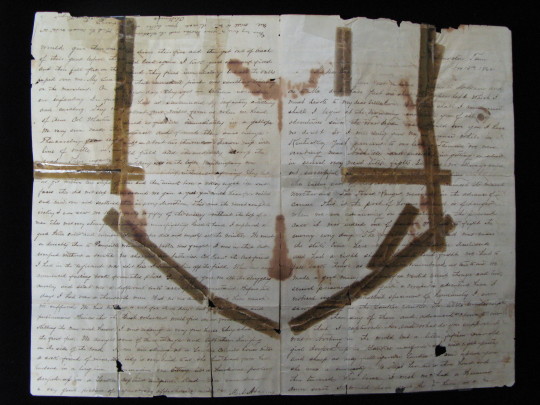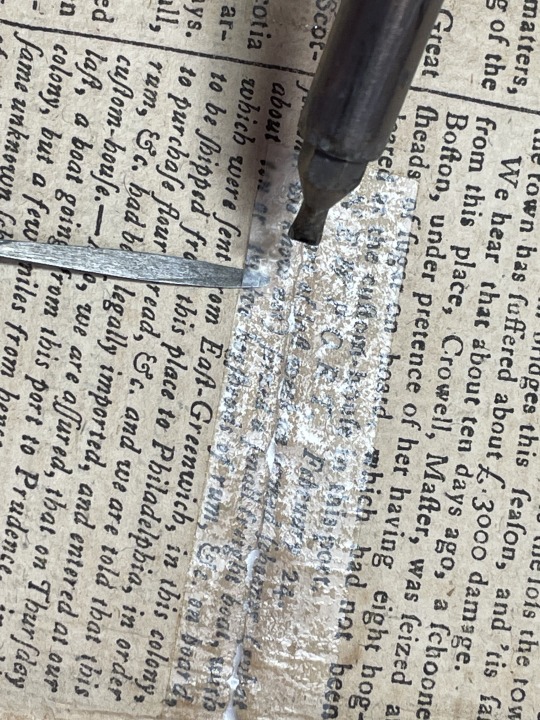A small publishing company looking to add a bit of magic to the world.
Don't wanna be here? Send us removal request.
Text
It has been one year, this month, since the release of City Kitty. It is the tale of one little kitty who made the transformation from barn cat to sophisticat. It is amazing how time flies.
0 notes
Text

Our publishing company is fairly new, but we have been working hard to share a bit of magic with the world. That is what we have done with our second children's book, In a Cat's Dreams. The book, as the title suggests is focused on the flights of fancy taken by our feline friends.
4 notes
·
View notes
Text

"Whisker fatigue." Suuuure. I'm on to your games cat.
42K notes
·
View notes
Text

The real "City Kitty," Samantha. Her tale served as inspiration for the book.
159 notes
·
View notes
Text
Well-Meaning Interventions
Here are some frequently encountered DIY repairs that, while well-meaning, are, alas, misguided interventions that exacerbate damage and some alternative approaches that better promote ongoing usability.
While scotch tape is great for wrapping presents and many other tasks, when used on book pages and documents it typically creates problems. The adhesives in clear, pressure-sensitive adhesive tape tend to degrade and discolor over time, resulting in significant damage to the paper. A clear example of degraded tape damage is this 1862 letter from Confederate soldier M.A. Harvey to his wife, “My Dear Eva”.

While this letter would have been relatively straightforward to mend with kozo paper and paste, the tape caused permanent damage, and days of work were required to stabilize the letter so that it could be mended appropriately.

When the boards of a beloved volume become detached, simply applying duct tape to reattach them might seem like a swell solution.

Though duct tape can temporarily reattach book covers, it tends to create significant damage and shorten the book’s lifespan. Similarly, where the spine of a book has become loose or detached, at first glance it might seem that adhering a loose spine covering directly to its text block would be a simple fix.

However, the spines of most modern books are not actually glued to the spine of the text by functional design. Adhering the spine covering directly alters the book’s mechanical structure and impedes its functioning, resulting in stress points that create further damage as the book is used.
In order to retain loose book covers or spines, consider tying the book with cotton twill tape, positioning the knot along the head, tail, or fore-edge of the book.

Even better, alkaline book boxes from a preservation supply vendor offer protection from further damage or loss while helping to moderate acidic degradation processes. The repair of books that one wishes to remain functional over time is best left to trained conservators or technicians. For further preservation resources, preservation supply vendors, and information on locating a conservator, see the Hesburgh Libraries Preserving Private Collections guide.
Applying leather dressings such as leather conditioner, neatsfoot oil, or shoe polish to leather books hampers their preservation. While one may enjoy the appearance of polished leather spines in a bookcase, in the short term, leather dressings may darken leather and over time tend to further dry out the skin as well as cause stickiness and/or significant discoloration to the leather, known as leather bloom.
If a leather-bound book is exhibiting signs of leather decay such as red rot (crumbling leather that creates a dusty mess that can transfer to the book pages during use), consider ordering an archival alkaline box for the book or consulting a conservator for further advice on preservation and treatment options.
Using books as a place to “preserve” newspaper clippings, flowers, etc.

Placing newspaper clippings or other items inside the protective pages of a book might seem like an ideal place to keep the item flat and secure. However, most newspapers are printed on poor-quality paper that quickly becomes highly acidic, and over time this acid will migrate into the pages of the book, chemically degrading and visually staining them. A more effective place to store treasured clippings is within alkaline folders that offer both chemical and physical protection.
835 notes
·
View notes
Text
Library goals.

Spiral staircase in the State Capitol Law Library in Des Moines, Iowa, UNITED STATES
367 notes
·
View notes
Text

Sometimes, a little kitten just needs to make a change. That is the driving force of "City Kitty."
This children's book by Heather McKim was inspired by a spirited feline. A little kitten who started as a barn kitty was determined to become a pampered house cat.
In both the fictional version and the real-life version, "City Kitty" travels and sees a bit of the country with her newly adopted human. The story is a testament to the spirit, determination, and sense of adventure possessed by cats.
City Kitty. McKim Editions, 2023.
41 notes
·
View notes
Text

From our stacks: Illustration from The Cat: Being a Record of the Endearments and Invectives Lavished by Many Writers Upon an Animal Much Loved and Much Abhorred. Collected, Translated and Arranged by Agnes Repplier. With Illustrations by Elisabeth F. Bonsall. New York: Sturgis & Walton Company, 1913.
99 notes
·
View notes
Text

From our vertical files: "Sonnet to a Student Standing in the Library in Front of the Reference Desk with Tears in his Eyes Because his Teacher has Assigned him to do a Report on a Book Which Cannot be Found in Masterplots, Thesaurus of Book Digests, Reader's Digest of Books, or the Book Review Digest." By Barbara Toohey
119 notes
·
View notes
Text

At McKim Editions, we believe in the power of a good book.
1 note
·
View note